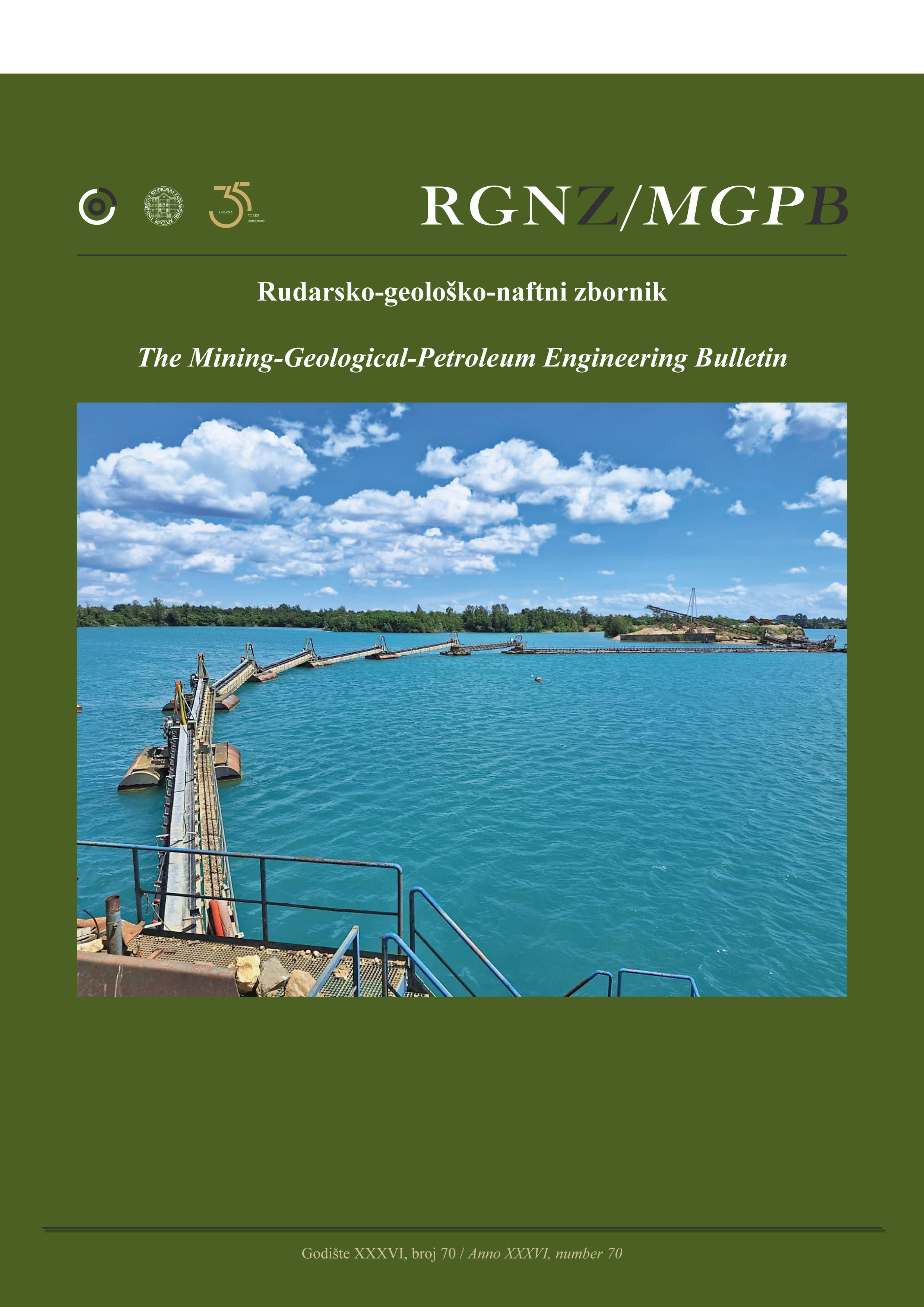Torrefaction of rice husk as preparation of coal-biomass co-firing and its propensity on ash deposition
DOI:
https://doi.org/10.17794/rgn.2024.4.10Keywords:
torrefaction, temperature, residence time, alkali, ash depositionAbstract
The most extensive use of coal in Indonesia is for electricity generation. Due to increasing concerns about climate change and the need to reduce emissions caused by burning coal, biomass-based fuels are becoming more competitive. The biomass carbonization process, or torrefaction, to produce solid fuel has been introduced elsewhere. This research uses sub-bituminous coal and rice husks, considering Indonesia's large potential for both. The primary objective of this research was to determine the optimal temperature and residence time for the rice husk torrefaction process, intending to reduce the alkali oxide content that led to ash deposition. This was necessary due to the limited information available, particularly for local rice husks from Indonesia. We carried out the rice husk torrefaction at 300, 350, and 400°C temperatures for 30, 60, and 90 minutes. The results show that a temperature of 350°C and a residence time of 60 minutes were the optimal conditions. In these conditions, the potassium and sodium oxides decreased, and the calorific value increased. To get a coal-rice husk blending with a calorific value greater than 5,000 cal/g (ADB), the proportion of coal to rice husk should be 90 and 10%, respectively. The rice husk torrefaction process did not have much influence on the occurrence of ash deposition. However, the torrefaction process increased the calorific value, reduced transportation costs due to the lower moisture content, and improved grindability so that it was easy to blend with coal.
Downloads
Published
How to Cite
Issue
Section
License
Copyright (c) 2024 Datin Fatia Umar, Zulfahmi Zulfahmi, Liston Setiawan, Gunawan Gunawan, Agus Prakosa, Truman Wijaya, Edwin Akhdiat Daranin

This work is licensed under a Creative Commons Attribution 4.0 International License.
Creative Commons-BY
Authors who publish with this journal agree to the following terms:
In agreeing this form, you certify that:
- You read the ethical codex of the RGN zbornik available at journal web.
- You submitted work is your original work, and has not previously been published and does not include any form of plagiarism.
- You own copyright in the submitted work, and are therefore permitted to assign the licence to publish to RGN zbornik.
- Your submitted work contains no violation of any existing copyright or other third party right or any material of an obscene, libellous or otherwise unlawful nature.
- You have obtained permission for and acknowledged the source of any illustrations, diagrams or other material included in the work of which you are not the copyright owner.
- You have taken due care to ensure the accuracy of the work, and that, to the best of your knowledge, there are no false statements made within it.
- All co-authors of this submitted work are aware of, and in agreement with, the terms of this licence and that the submitted manuscript has been approved by these authors.
Publication licence
You retain copyright in your submitted work, according to journal license policy (CC-BY). By signing this form you agree that RGN zbornik may publish it under the publication licence. In summary the licence allows the following:
Anyone is free:
- To copy, distribute, display, and perform the work.
- To make derivative works.
Under the following conditions:
- The original author must always be given credit.
- The work may not be used for commercial purposes.
- If the work is altered, transformed, or built upon, the resulting work may only be distributed under a licence identical to this one.
Exceptions to the licence
In addition to publishing the work printed under the above licence, RGN zbornik will also enable the work to be visible online.
The journal editorial can change the licence rules anytime but it cannot retroactively restrict author(s) rights.


